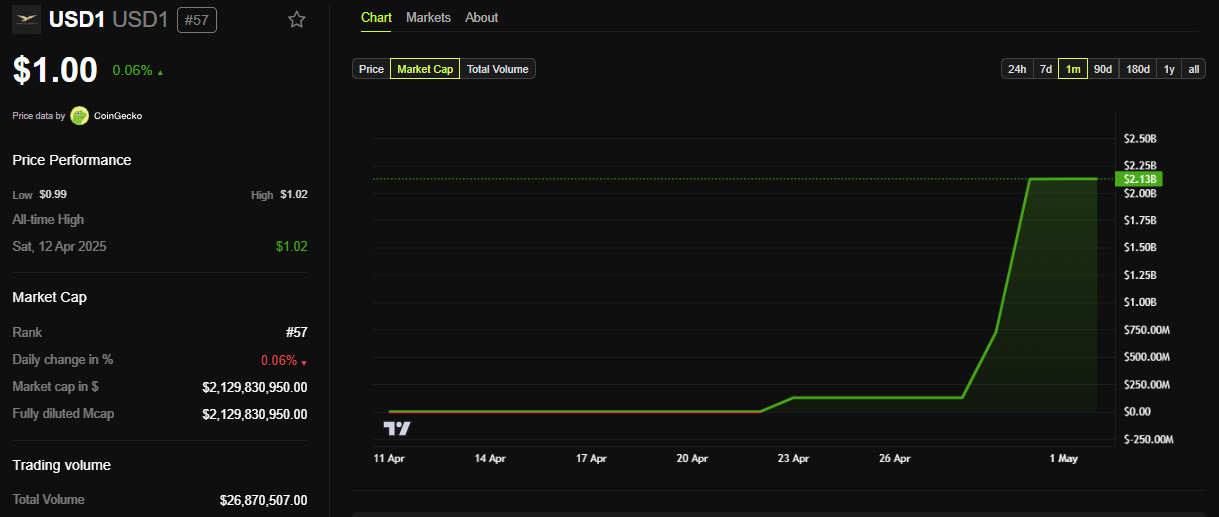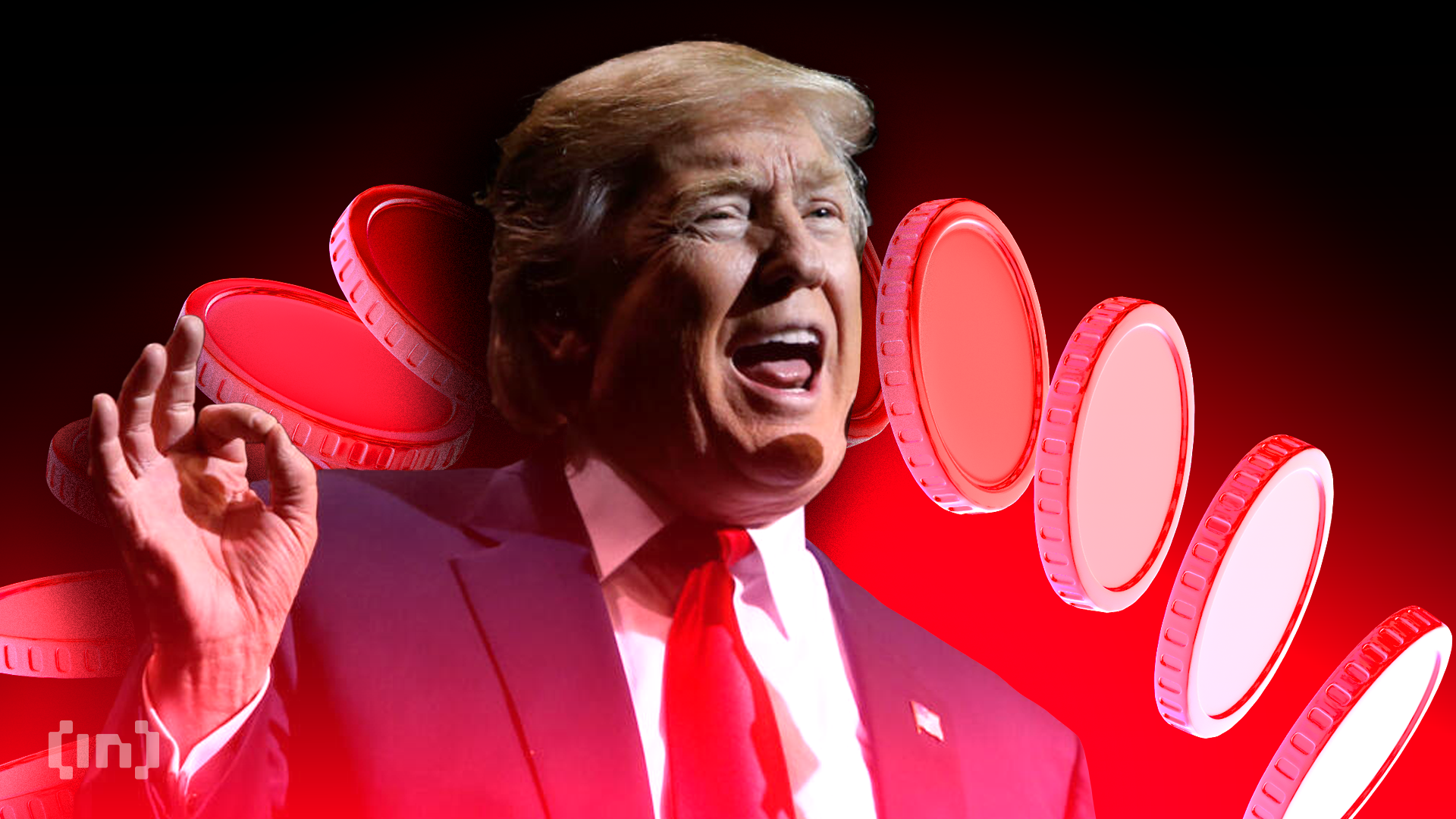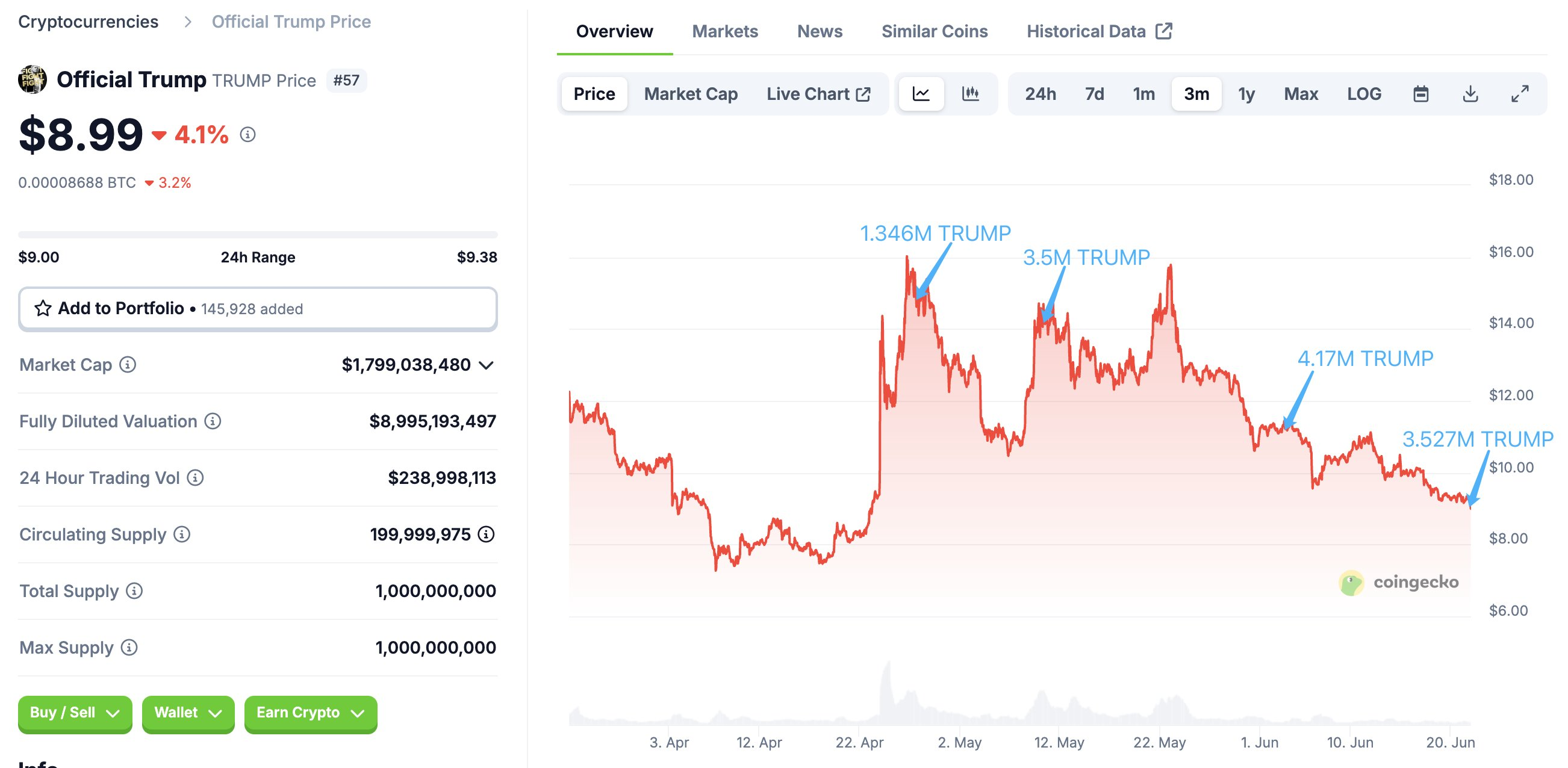Hedera’s native cryptocurrency, HBAR, has seen a 4.7% price increase over the past 24 hours after replacing Polkadot (DOT) in the Grayscale Smart Contract Platform Fund (GSC Fund). The fund consists of the industry’s top smart contract platforms.
This move has significantly boosted the token’s visibility, sparking optimism among investors and highlighting growing confidence in Hedera’s prospects.
HBAR Price Jumps After Grayscale Fund Inclusion
In its latest statement, Grayscale Investments disclosed that it sold its Polkadot (DOT) holdings and other fund assets. These sales were made in proportion to the weighting of each asset in the fund.
“Grayscale has adjusted GSC Fund’s portfolio by selling Polkadot (DOT) and existing Fund Components in proportion to their respective weightings,” the statement read.
The proceeds from the sales were reinvested into HBAR and other assets in the fund, again based on their proportional weight. HBAR now makes up 5.80% of the GSC fund.
Meanwhile, Ethereum (ETH) and Solana (SOL) remain the fund’s dominant assets, accounting for almost 60% of the total holdings. ETH has 30.22% weight in the fund, while SOL accounts for 29.87%.
Notably, the inclusion added further momentum to HBAR’s latest recovery rally. BeInCrypto data showed that the altcoin gained 10.7% over the past week after experiencing a two-month-long downtrend.
At the time of writing, HBAR’s trading price was $0.16. This represented gains of 4.7% over the past day alone.
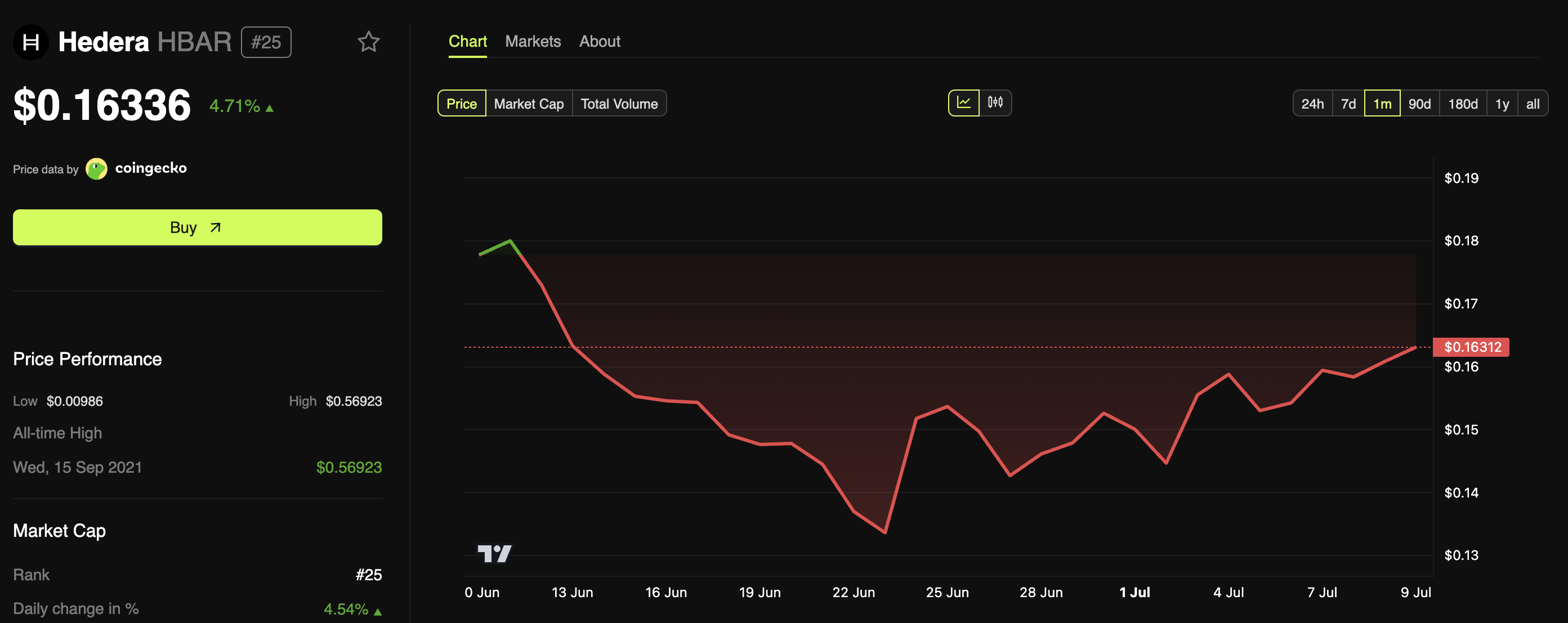
Besides price, Grayscale’s move has also impacted HBAR’s visibility. According to CoinMarketCap, HBAR has emerged as the most visited real-world asset (RWA) cryptocurrency on the platform, reflecting growing investor interest.
Additionally, Google Trends data revealed that search interest for ‘HBAR’ peaked at 100 today, signaling heightened public curiosity.
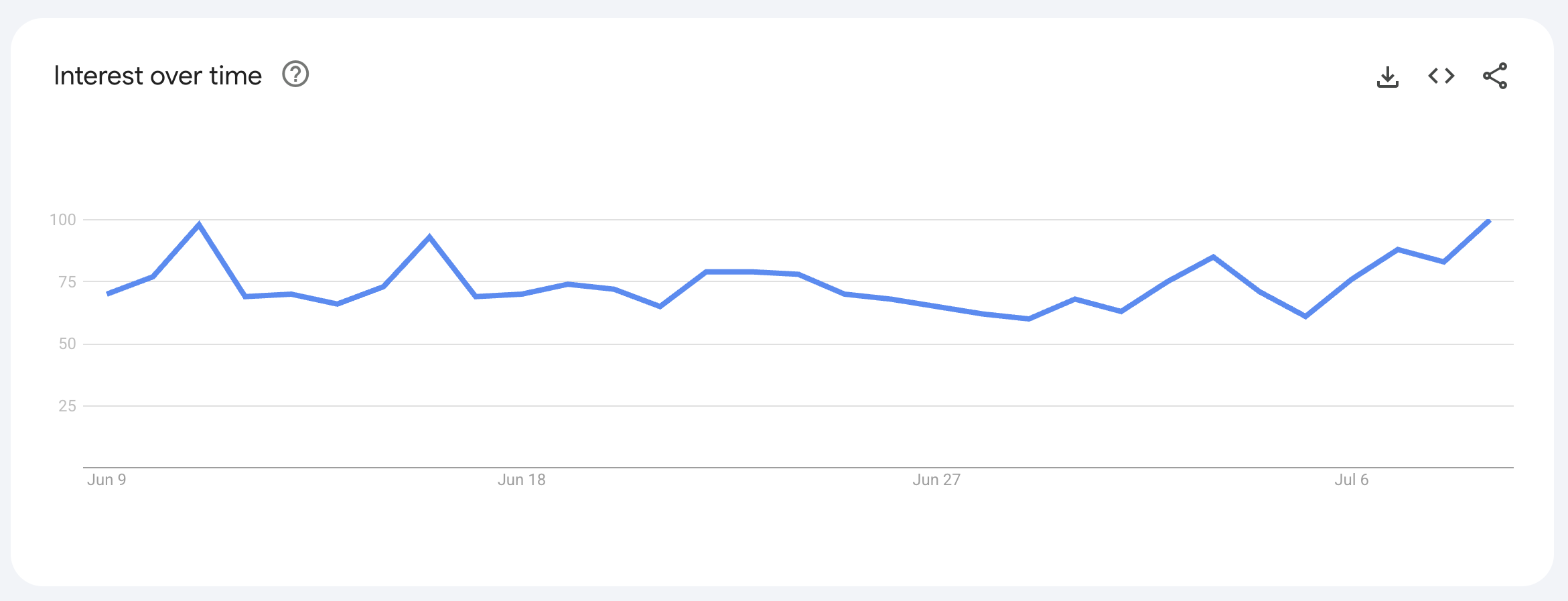
Meanwhile, Metal Pay today announced that HBAR is now available on its platform. Metal Pay allows users to buy, sell, and trade cryptocurrencies. Thus, HBAR’s inclusion further increases its accessibility.
That’s not all. HBAR may benefit even further from upcoming developments. The altcoin will launch on Kraken Exchange on July 10. This could likely provide additional exposure and liquidity for the token, possibly driving further interest and adoption.
Industry figures have also endorsed HBAR’s potential. Businessman and investor Kevin O’Leary recently expressed confidence in HBAR and even disclosed that he holds the asset.
“I think HBAR is going to be big, I really do,” he said in an interview.
With these developments, HBAR’s future looks promising. However, while the current momentum paints a bullish picture, how the altcoin will actually perform in the coming time remains to be determined.
The post HBAR Sees 4.7% Surge After Grayscale Adds It to Smart Contract Fund appeared first on BeInCrypto.


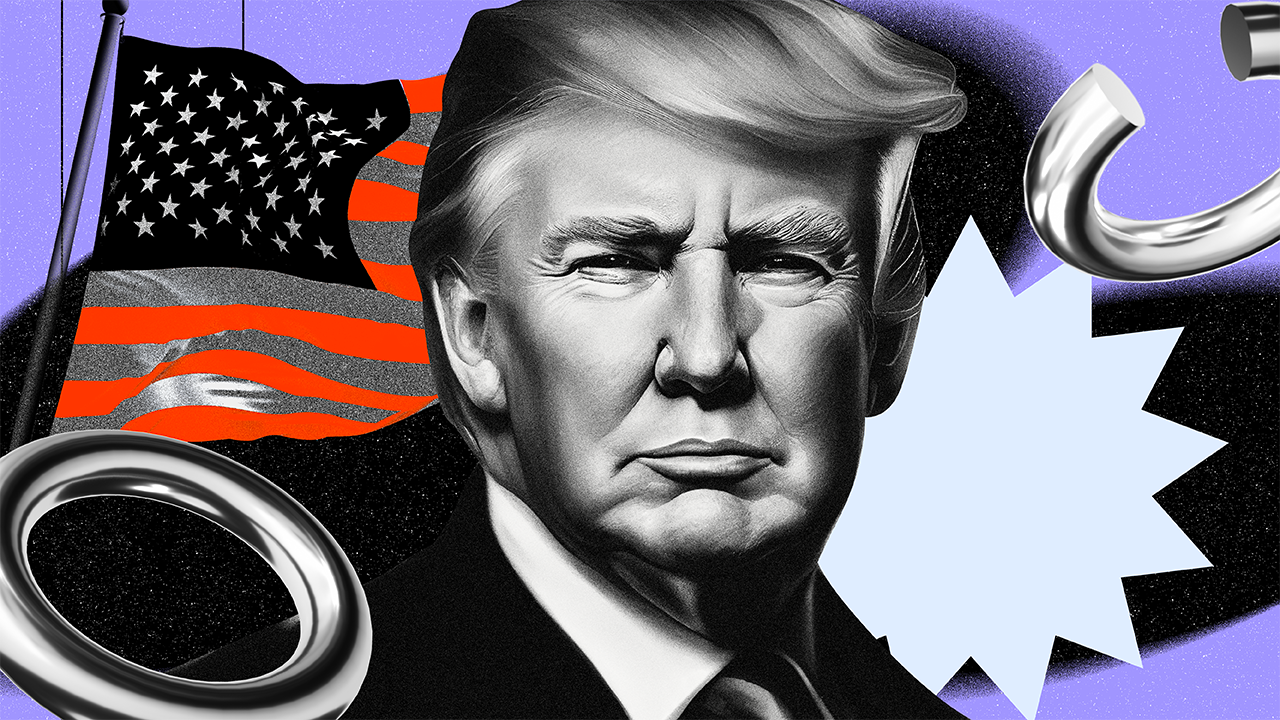

 (@justinsuntron)
(@justinsuntron) 